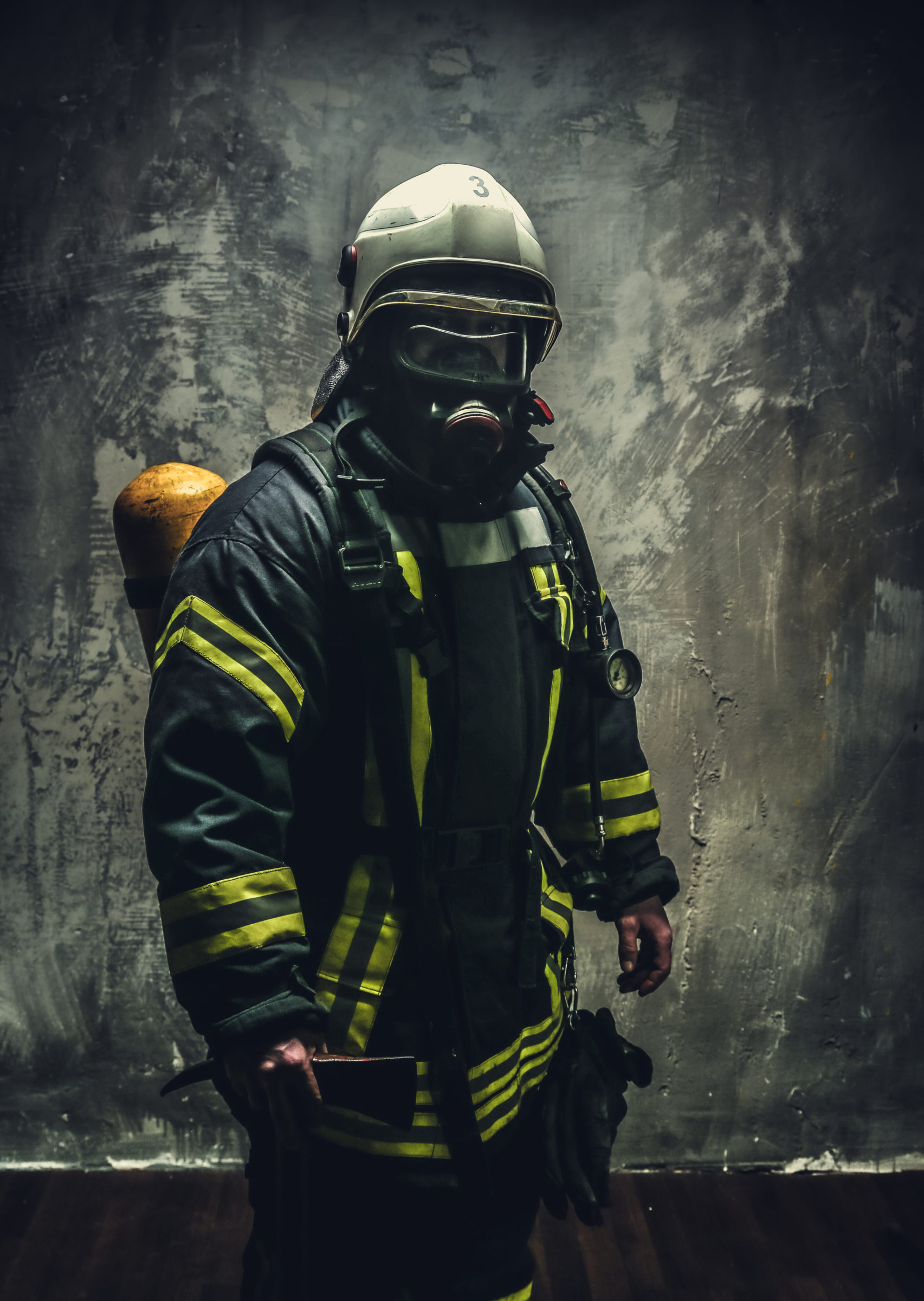Confined spaces refer to areas limited in size, allowing only a single person to enter and exit them while facing numerous limitations. These spaces include hoppers, pipes, silos, boilers, vats, water supply towers, pump stations, storage bins, manholes, etc.
Individuals entering such areas must be aware of the potential hazards, as well as implement special measures for risk control beforehand. Fortunately, there are various confined space rescue training courses, teaching participants to use specialized equipment, identify dangers, and handle such scenarios with a clear head.
These are the benefits of having such certification.
Using specialized equipment
Confined space rescue certification provides individuals with the ability to operate specialist equipment. Individuals who have undergone such training are educated in using safety gear and equipment, such as helmets, torches, headlights, and high-visibility clothing. Most importantly, they learn to use probes whose job is to test these types of environments.
Due to poor ventilation in confined spaces, there is a high risk of hazardous gas build-up and low oxygen levels. Nevertheless, having such certification means you are trained in using a breathing apparatus when working in such areas. Certified employees know how to use oxygen monitors used to test hazardous environments for the presence of oxygen and combustible gases. The levels of toxic gases must be below the limit imposed by OSHA. See this page for an explanation of toxic gases.
In order to earn such certification, trainees are also taught how to use lighting equipment. There is supposed to be extra lighting when natural light is insufficient. For instance, when the conditions are damp, lighting should not be more powerful than twelve volts. Otherwise, lights of twenty-four volts are generally used in confined spaces to minimize electrical shock impact. A higher voltage increases the risk of fatal incidents.
Moreover, confined space rescue training programs teach participants about using specialist ladders, which provide access to restricted areas. These ladders are usually made of fiberglass and conduct no electricity up to 30,000 volts. In the event of insufficient airflow and ventilation, participants are also taught to use ventilation fans and blowers, which improve airflow in confined environments.

Providing emergency awareness
Another benefit of having confined space rescue certification is recognizing the signs of an emergency. When oxygen levels drop below 19.5 percent, health symptoms include rapid breathing, nausea, fatigue, rapid heart rate, dizziness, vomiting, etc. Bear in mind that exposure to nitrogen, argon, carbon dioxide, and other asphyxiates might lead to coma or death in just a couple of minutes.
In addition, participants learn how to remain calm in such situations, assess the level of risk, and take actionable steps. Individuals can earn a confined space rescue certification by attending a 40-hour course that prepares them for non-entry and entry rescue scenarios. Trainees are involved in various scenario-based exercises while using the NIMS (National Incident Management System.
Recognizing potential hazards
Confined space rescue training courses teach participants how to recognize potential hazards. Some of the most frequent hazards involve vapors, gases, fumes, flooding, fires, explosions, lack of oxygen, etc. In the absence of proper ventilation, poisonous gases and fumes build up easily. Regarding flooding, water has the capacity to flood these areas rapidly, which increases the risk of drowning for the people within. The immediate reaction is vital in such scenarios, as victims are provided with little time to escape.
Fires and explosions are caused by gases, flammable vapors, and liquids. Since fires spread easily, fast action is essential to prevent fatal consequences. Fire extinguisher courses teach trainees how to recognize different stages and levels of fire while meeting the requirements of the National Fire Protection Association (NFPA).
Access restrictions are common when planning a rescue from confined spaces because of the difficulties of accessing such areas. Anyhow, rescue training courses teach participants not to panic and provide them with handy tips on finding the easiest way out.
Policy formulation
Employers whose employees work in confined spaces should formulate a special policy, which is essential for their safety. The formulation of these policies is performed better if both employees and management staff undergo specialized training. Such policies should include details, such as getting an entry permit to confined spaces by supervisors. These professionals are in charge of defining all potential hazards to ensure safe entry and exit for employees.
In addition, these policies should include information about the protective gears and harnesses that workers will be required to wear while working in enclosed areas. Their harness must be hooked to a special retrieval line, leading to a tripod system. Visit this website, https://www.wikihow.com/Identify-Workplace-Hazards, for some tips on identifying workplace hazards. Additionally, hazardous energy sources should be isolated to prevent exposing the entrants to injury.

The bottom line
These training courses are vital for rescuing yourself or other people in case of emergencies!





